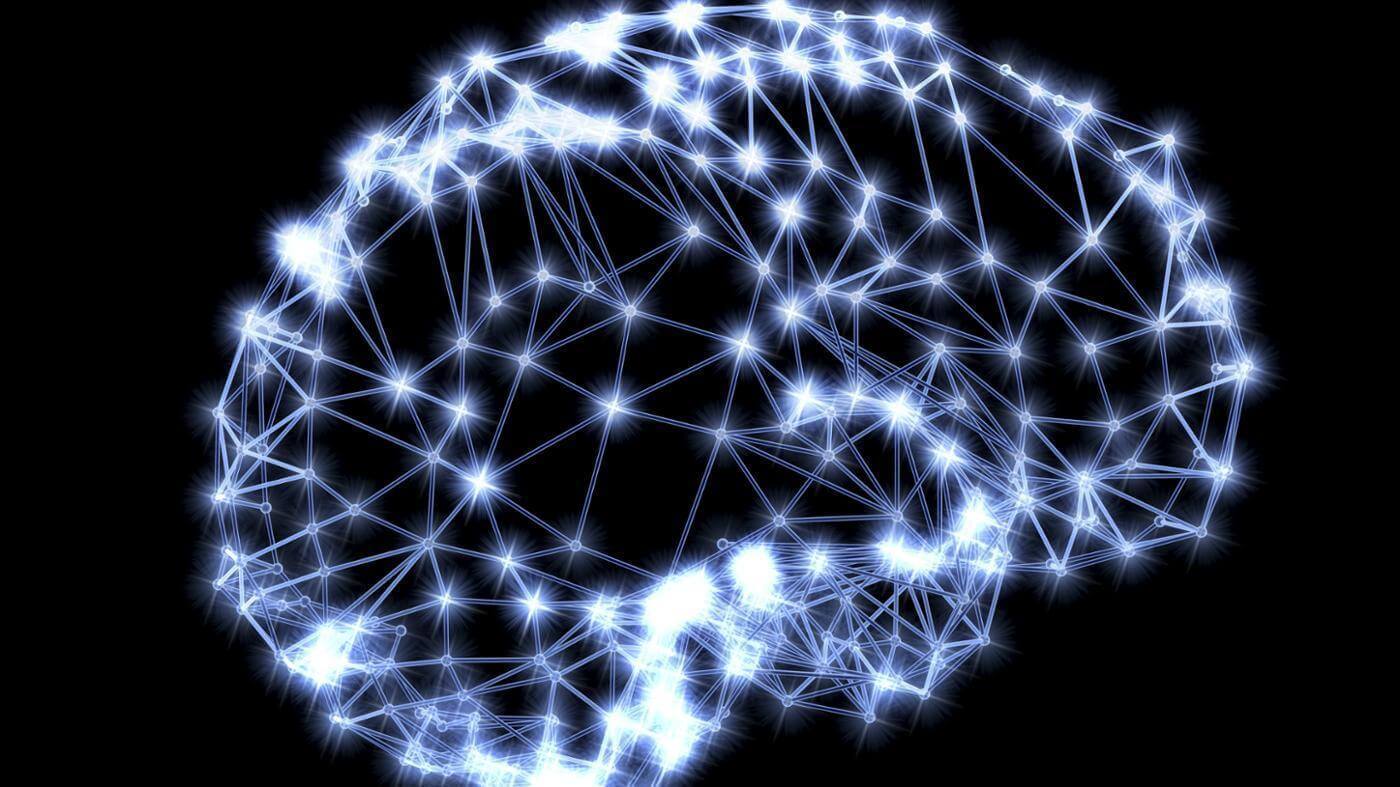



Business Inquiry
Global:
Email:marketing@medicilon.com
+1(781)535-1428(U.S.)
0044 7790 816 954 (Europe)
China:
Email: marketing@medicilon.com.cn
Tel: +86 (21) 5859-1500



A team of researchers have discovered a type of brain cell in mice that might shed new light on what motivates humans to be physically active, according to a study by King’s College London.

Around a century ago, it was proposed that damage to an area of the brain called the lateral hypothalamus caused people to sit motionless most of the time, with no energy or appetite, but the mechanism behind it has remained a mystery.
In this study, researchers from King’s College London and the Francis Crick Institute identified the brain cells, called GAD65 neurons, in the mouse-equivalent of the lateral hypothalamus in humans. It is the part of the brain that regulates sleeping and waking, appetite, and digestion.
To investigate the role of GAD65 cells in brain function and physical activity, the researchers watched when the GAD65 neurons naturally switched on and off in mice, using a deep-brain recording tool called fiber photometery. They also experimentally silenced the cells to see how this affected the amount of voluntary running by the mice.
The results showed that the cells were activated by orexin and were active right before, and during, bouts of voluntary running. When they silenced the cells, the mice ran a lot less than normal.
In a final experiment, overstimulating the GAD65 cells caused the mice to run around a lot more than usual, according to the team.
“These findings shed new light on deep-brain signals that maintain healthy levels of physical activity,” said Denis Burdakov, the professor who led the study.
A next step would be to investigate how the neural circuit described here operates together with other pathways in the brain that are already known to control voluntary movement and promote physical activity in humans, according to Burdakov.
 Relevant
news
Relevant
news